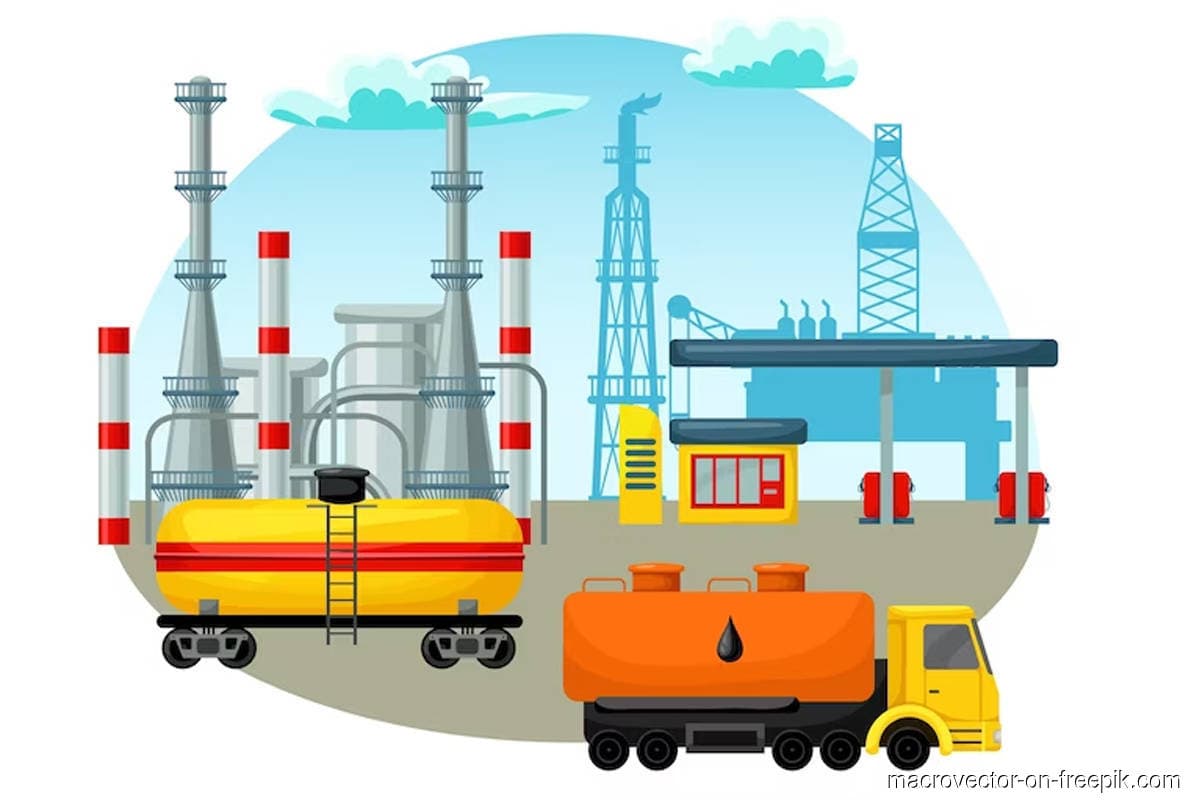
This article first appeared in The Edge Malaysia Weekly on March 20, 2023 - March 26, 2023
Companies in the downstream oil and gas industry are not spared the scrutiny that upstream players face in the efforts to decarbonise. Nevertheless, fossil fuels are still an inescapable part of the supply chain for goods and materials, and this presents a challenge for petrochemical companies to transform.
“Whatever people’s viewpoints are, [petrochemicals] are involved in everything that we use, from the components in your computer to the cup that you’re drinking coffee from. It’s everywhere,” says William I Y Byun, chief sustainability adviser at Singapore-based ChemOne Group, which is the developer of the Pengerang Energy Complex (PEC) in Johor.
According to the company, PEC will be one of the largest and most competitive aromatics plants in the world. It is scheduled to be completed by 2026.
Aromatics, which are petrochemicals like benzene, toluene and xylene, provide the basic building blocks of the petrochemical industry. These are used to make products like clothing, packaging, paints, plastics and adhesives.
PEC plans to produce up to 2.3 million tonnes of aromatics per year, the majority of which is paraxylene, which is the base for products like synthetic fibres.
“The challenge is not so much as, can we replace these things wholesale? But more of, in the meantime, what can we do to reduce the impact [of fossil fuels] and enhance the circularity of the products?” says Byun.
By circularity, he refers to principles of the circular economy, which advocates that no waste be created and everything be put back to use. He says PEC produces a tiny fraction of waste and low-grade waste gas will be used as fuel for its utilities.
It’s a difficult task for the industry. According to a 2022 report by BloombergNEF, the production of high-value chemicals is responsible for up to 2% of global carbon emissions, which is more than that of the aviation and aluminium industries. The decarbonisation pathway is complex and requires electrification, carbon capture and storage, and bioplastics.
As upstream oil and gas players are pressured to reduce extraction of fossil fuels, could the petrochemical manufacturing sector find itself in a crisis as the volume of raw materials drops?
“I would say no, in the sense that this kind of shift will take place over a period of years. We’re also not making one plant and then hiding under a rock. We make sure that technological innovation is in step with that,” says Byun.
PEC was conceived with the intention of minimising emissions, he adds, so carbon capture will only be considered during the later stages. The technology for bioplastics is not yet viable, so it will only feature in PEC’s mix later.
A main strategy for ChemOne is to build more efficient plants. “In terms of energy efficiency, the technology package that comes with it will reduce energy costs by about 20% compared to other facilities,” says Byun.
It will utilise technology from Honeywell UOP to minimise the amount of equipment needed and maximise the reuse of waste heat and waste gases in the plant.
Another strategy is to venture into sustainable aviation fuel (SAF), which is a type of biofuel. “One of the by-products of the plant that we designed is going to be hydrogen [50,000 tonnes per annum],” says Byun.
The company has acquired land in Indonesia, which he says is degraded, to plant non-edible oil plants. “We would take the excess hydrogen and mix it with the biofuel feedstock to produce SAF.”
Why can’t existing biomass waste from Malaysia’s agriculture industry or used cooking oil be considered? Byun says the volume of used cooking oil is insufficient, whereas biomass waste is more suitable for power generation. To produce SAF, crops with higher oil content are needed.
“The important thing is that [we are] not clearing out new land. That’s not helpful. We use land that has already been cleared and it is in some ways a restorative process,” says Byun.
Malaysian states like Sarawak could be potential sites for this project in the future, he believes, since the state is already looking into third-generation biofuels utilising materials like algae.
Other than decarbonisation, it will also be important for ChemOne to clean up its supply chain.
“When we did the PEC project, we made sure to also control Scope 3 emissions ... If you look at the counterparties that we have, they’re all world-class players that also face similar pressures. To some degree, you have to be on the bandwagon or you’re going to miss out.”
The company has yet to set a climate target. The expected carbon emissions baseline is published in its environmental, social and health impact assessment (ESHIA) report online.
Other things that the company is considering in its efforts to decarbonise are generating its own energy and using more renewable sources. It will also keep an eye on how the hydrogen market evolves and adjust its plans accordingly.
“In Malaysia, we can easily see the PEC project as not a standalone plant but some kind of hub for associated projects nearby,” he says.
Save by subscribing to us for your print and/or digital copy.
P/S: The Edge is also available on Apple's AppStore and Androids' Google Play.
